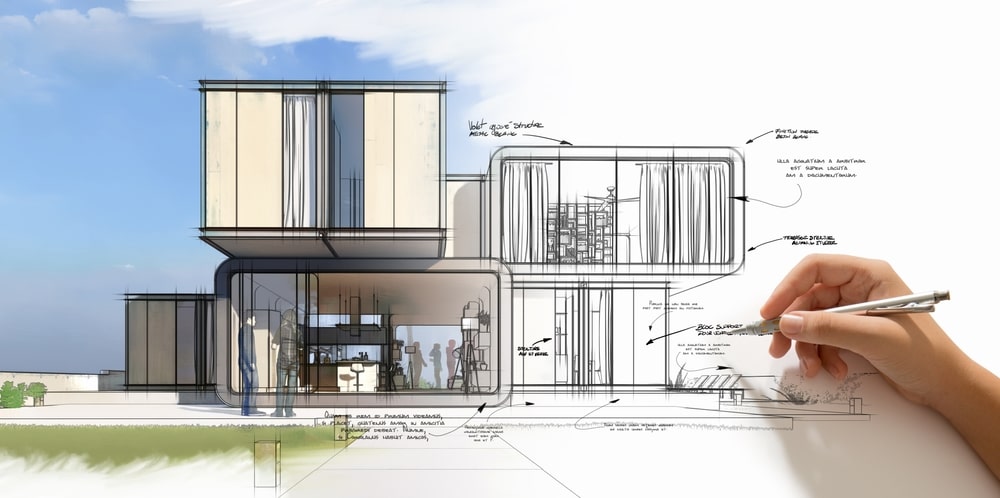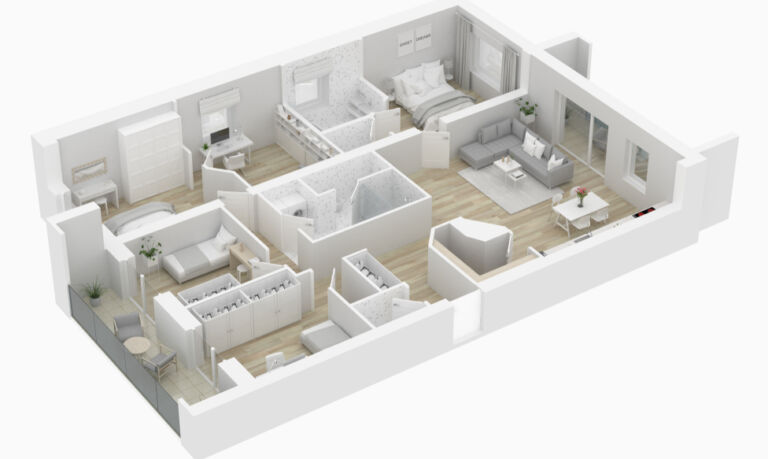The Importance of Certified RMS Measurements in Real Estate

A lot of detail goes into home measurements to determine the size and dimension of the space. Each home measurement must be done with accuracy and precision, along with capturing the entirety of the home, such as each floor level and with consideration to walls, bay windows, and other important structures.
Alberta’s Residential Measurement Standard (RMS) is used to verify the accuracy and consistency of measuring a residential property. The RMS is a set of uniform principles and protocols stipulated by the Real Estate Council of Alberta (RECA) to ensure quality and truthful measurements.
Proper measurements require precision to within 2% of the RMS size. When selling a home, trustworthy measurements that follow RMS standards, RECA diagrams, and detailed measure reports are necessary.
Why Certified RMS Measurements?
A measurement standard like Alberta’s RMS maintains consistency across the industry, ensuring that consumers and professionals receive accurate property measurements to compare and determine their suitability. The RMS is limited to only residential properties and does not include commercial or industrial buildings.
Realtors, landlords, and other real estate professionals are responsible for the following:
- Providing the correct size of the property to buyers, which is often presented as a ‘price per square foot.’
- Discussing the relationship between property size and asking price with the seller (the asking price is not always directly related to the size, as there are other factors to consider).
- Communicating to the seller what is included and excluded in the measurements.
- Explaining to the seller how professional measurements are taken.
- Ensuring that size descriptors in marketing materials follow the RMS.
Any discrepancies or incorrect measurements can result in a loss of sale, reputational damage, and a civil lawsuit.
Key RMS Definitions
Measuring a residential property involves more than measuring tape. Professionals must know the following definitions and be able to distinguish between them in order to provide accurate measurements that are in accordance with the RMS. The following terms are key RMS definitions, specified by RECA, to be aware of:
Grade – Describes the level of the ground surrounding the property’s exterior and can be horizontal, sloped, or a combination of both.
Levels – Levels are areas of the residence that are in the same horizontal plane and must meet the minimum ceiling height requirements to count towards the RMS calculation.
Above Grade Levels – Describes the levels of a residence that are entirely above grade. The sum of a residence’s above-grade floor levels is the RMS area.
Below Grade Levels – Describes the floor levels of a residence that are partly or fully below grade, including lower levels and basements. Examples of homes with lower levels include raised bungalows, bi-levels, split levels, and properties with walkout or walk-up basements.
If any portion of the level is below grade, the entire level is below grade. Below-grade levels are not included in the RMS area.
High-Resolution Photography & Accurate Measurements
When it comes to listing a residence, precise high-resolution real estate photography combined with detailed and certified RMS measurements allow clients to view your property in its totality. Prospective buyers have a better idea of the property’s details and can gain a full walkthrough of the space before an in-person viewing. The result is more interest, better leads, and a smoother selling process.



